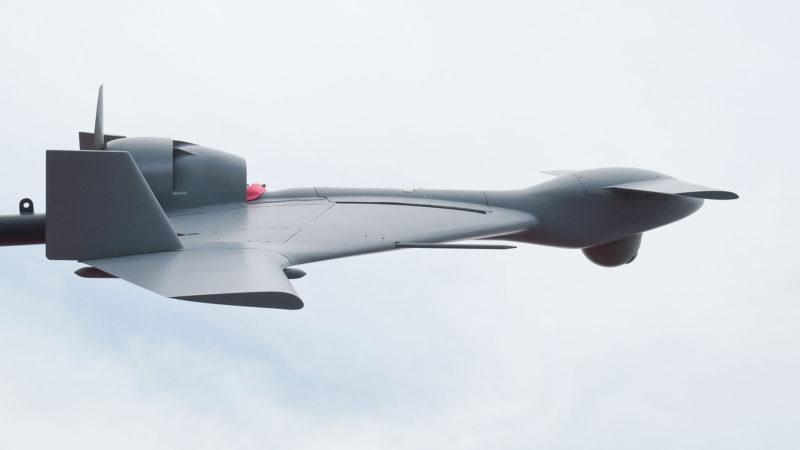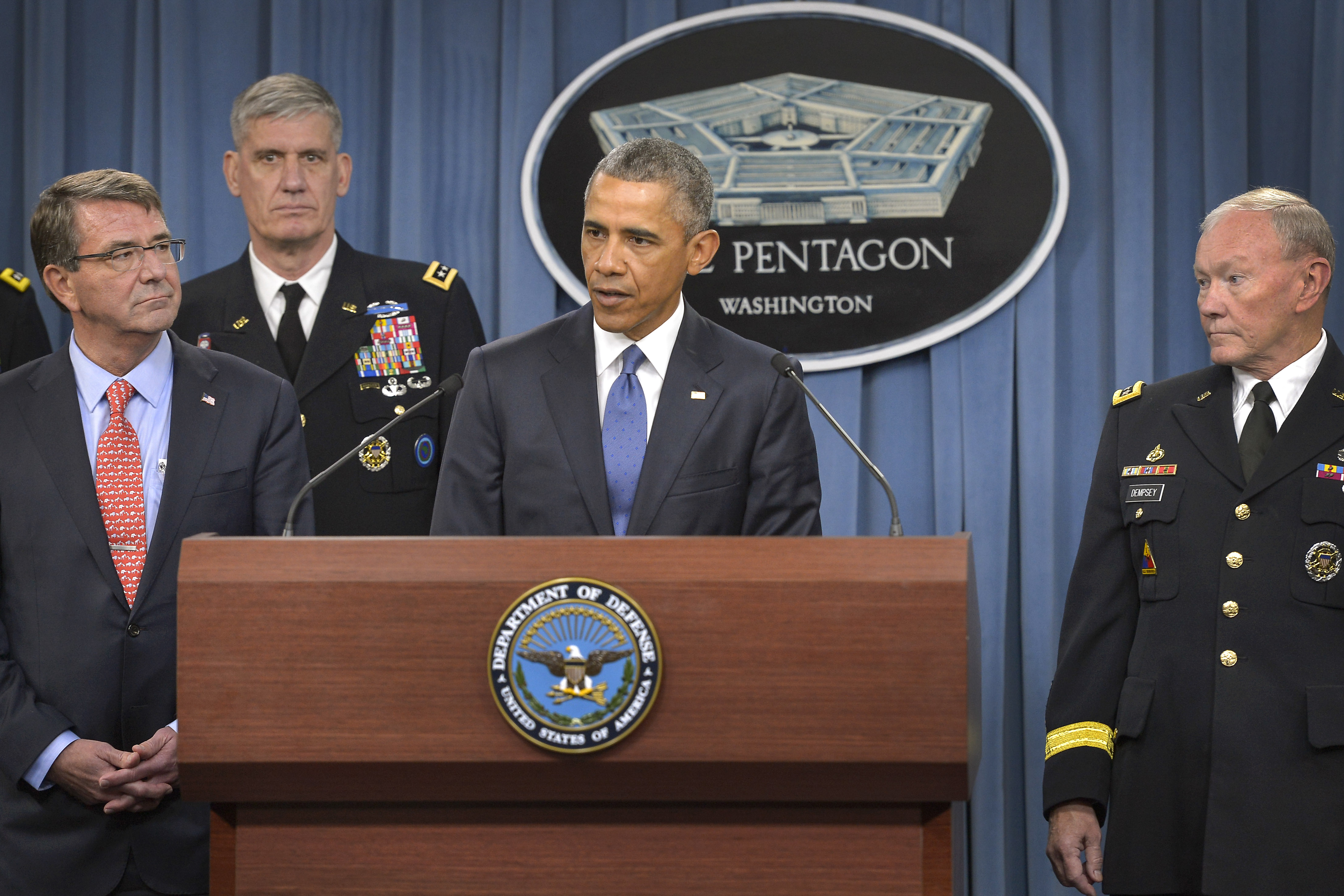The dawn of a new technological revolution is here, and it appears to be completely autonomous. With the rise of artificial intelligence (AI) and autonomous weapons technology, many countries have increased their military might through a new form of an arms race that will change the face of warfare. Israel, South Korea, and the United States, among other global powers, continue to constantly evolve the modern battlefield as they race to out-innovate one another.
Harop & Harpy
The Israel Aerospace Industries (IAI) market themselves as the principal contractors of unmanned aerial vehicles (UAVs), and with good cause. They have recently developed a series of ‘suicide drones’, the Harpy and the Harop. The Harpy is a ‘fire-and-forget’ weapon, meaning it can pilot itself to the target. It was originally designed to act as an anti-radar device, possessing extraordinary capabilities of dodging surface-to-air missiles (SAM).
Harop, Harpy’s successor, possesses the same capabilities in a smaller casing, being classified as a Unmanned Combat Ariel Vehicle (UCAV). It is equipped with a newer loitering munition (LM) system, and composed of 23kg of explosives. The Harop functions fully autonomously, and can discover enemy equipment by detecting the communication signals being transmitted. The Harop is capable of finding these devices without human intervention and self-destructs into them. Furthermore, this LM system can autonomously shoot down missiles in the air, in addition to finding moving enemy suspects on land. If these targets duck into a safe house, the Harop loiters in the air until they reappear from their hideouts. Like a hawk waiting for its prey, the Harop circles its target overhead silently, waiting for the right moment to fire and combust.
These lethal UAVs have been purchased by many countries, including Germany, India, South Korea, Turkey, Chile, and Israel. The Harop has reportedly entered combat in Azerbaijan, against the government’s conflict with the Karabakh forces. IAI plans to innovate upon the Harop model and is currently developing an even more compact version.
SGR-A1
South Korea’s autonomous robot sentry, the SGR-A1, is produced by the tech giant Samsung. At a relatively inexpensive price tag of $200,000, the SGR-A1 is meant to replace human guards at the border of the Korean Demilitarized Zone (DMZ) and scan the horizon for any sign of movement from the North Korean border advancing towards the south.
This gun tower’s night vision capabilities allow it to search for and fire at targets that are as far as 3.2 kilometres away. When any military advancement is spotted, the SGR-A1 is equipped with a ‘human in the loop’ (HITL) switch that alerts the human operator, who then makes the decision on whether to fire at the suspect. However, various reports note that the SGR-A1 is produced with an automatic mode, which allows this system to make the decision itself on whether to fire, with the possibility of human intervention. While Samsung states that every SGR-A1 ordered has been equipped with the HITL switch, the robot sentry continues to be a controversial weapon.
Sea Hunter
America’s Defense Advanced Research Projects Agency (DARPA), an organization within the Department of Defense, has introduced the Sea Hunter, a fully autonomous warship that requires no crew members. This autonomous technology will have breakthrough results in maritime war fare. The Sea Hunter, part of the ASW Continuous Trail Unmanned Vessel (ACTUV) project, features a sleek trimaran design will allow it to withstand open oceans. The Sea Hunter came with a $20 million price tag, which is relatively reasonable considering the Department of Defense is not paying crewmember wages.
The Sea Hunter can be sent into conflict zones without the danger of compromising human lives. It is currently unarmed, yet the possibility of arming unmanned vessels has come up. U.S. Defense Secretary Robert Work stated that any lethal forces placed on this autonomous ship will be controlled by human operators back on land. While the Sea Hunter is first of its kind deployed by the U.S. Navy, there will be an increase of these unmanned ‘flotillas’ in the near future, especially with the rising tensions in the South China Sea.
The modern battlefield is shifting towards remotely piloted and unmanned vehicles. These new sterile forms of war fare transgress the boundaries of international law into a grey area, where governments continue to debate on the best way to govern the use of these arms. With the rise of AI weaponry, many prominent scholars, such as Stephen Hawking and Elon Musk, have signed an open letter to prevent a global AI arms race. As the production of these autonomous weapons becomes cheaper, more countries and non-state actors will have access to these tools of destruction. While AI autonomous systems do avoid the need for humans on the battlefield, the lack of human oversight and the dependency on these systems to undertake the right decisions, can have devastating consequences.
Photo: IAI HAROP PAS (2013), by Julian Herzog via Wikimedia. Licensed under CC BY 4.0.
Disclaimer: Any views or opinions expressed in articles are solely those of the authors and do not necessarily represent the views of the NATO Association of Canada.




